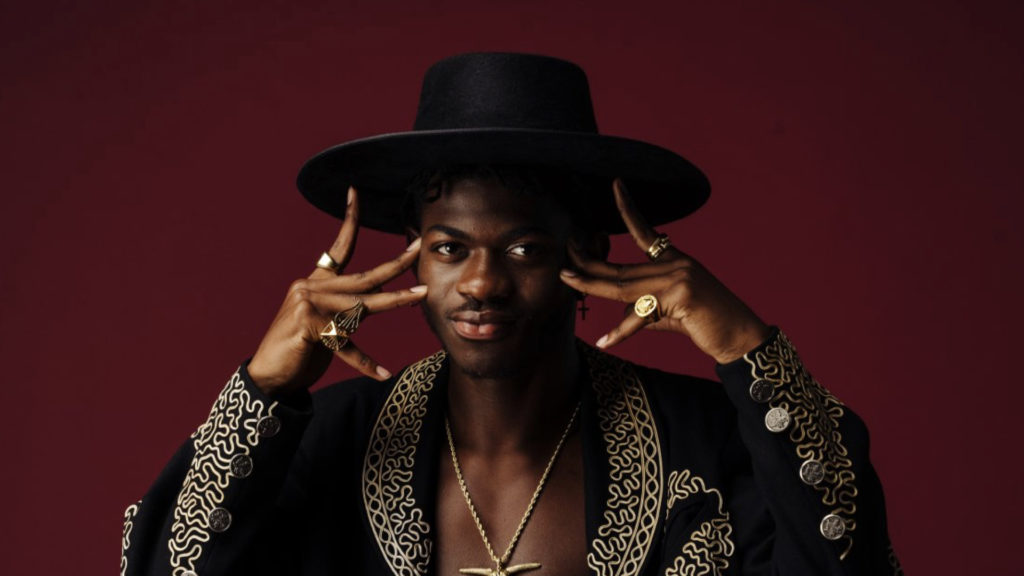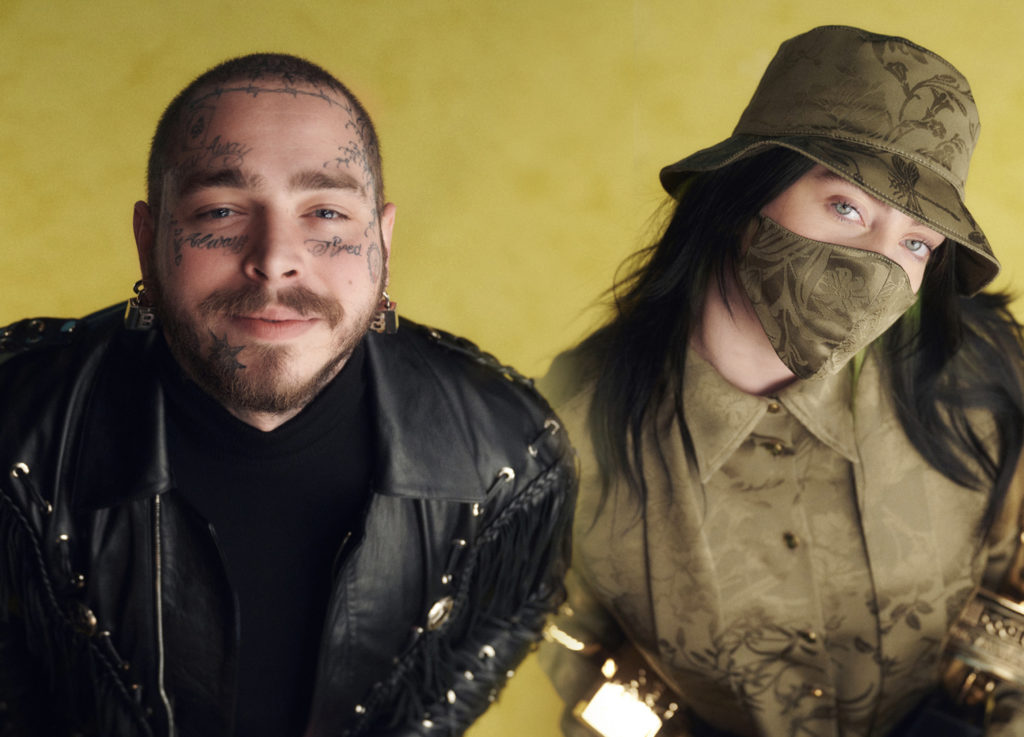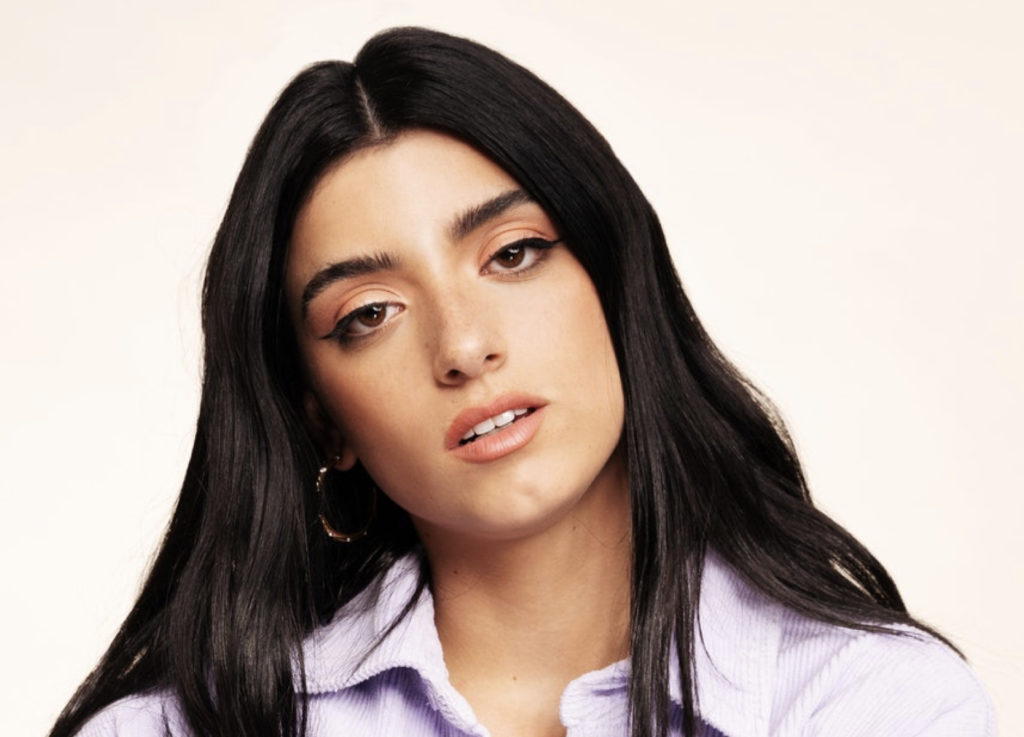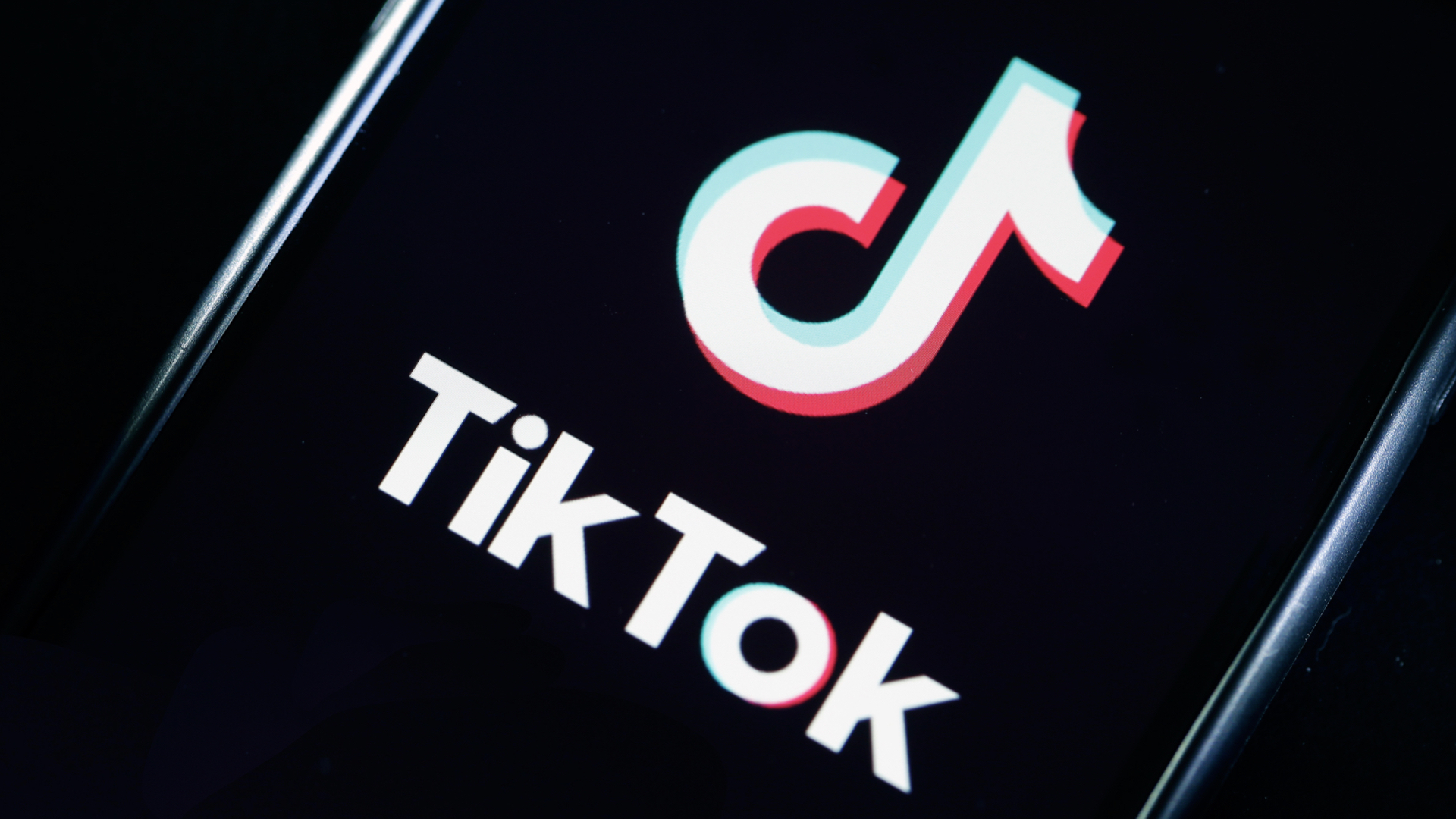We can blame the Covid-19 pandemic for changing a lot of things in our everyday life, including the death of office culture and no longer being able to blow out birthday candles without a second thought. But when it comes to the music industry, change was in the air long before 2020 descended upon us. And like many things, it was a perfect storm that led us to the music industry as we know it today, thanks to a combination of the proliferation of social media and labels wielding less power over creatives than they used to. That’s the easiest way to explain why TikTok seems to be having the biggest influence over the music industry than any other external force.
On the addictive app, a 15 second clip can go from a top trend to a Grammy-winning track in less than one year. And if it seems like TikTok makes stars overnight, well, that’s because the app does just that. According to TikTok, in 2020 alone over 176 songs received over 1 billion views as sounds, which just goes to show how it’s changing our listening habits, too.

The internet entirely changed the way we consume music.
In order to understand the power that this algorithm-led social media app has on the music industry, you have to look back at how the internet shaped the way we consume, follow, and stay up-to-date with our favorite artists. The first big change was in the 1990s when the rise of MP3s meant consumers were no longer purchasing cassettes or CDs but were now downloading their music from platforms like Napster or Limewire. For the first time ever, this was taking the control—and, more importantly, money—away from record labels who previously had a chokehold on the industry. Up until that point, music labels were able to regulate every last detail of an artists’ career, from how much marketing money was put behind their releases to how often they went on tour and often their sound and/or actual appearance.
By the following decade, the increased use of cell phones and personal computers took even more sway from those record labels. Now with regular and more reliable internet access, consumers began using streaming sites on a more regular basis. In 2010 there were 1.5 million paid streaming subscriptions, accounting for about 7% of the music market but by 2019, streaming was 80% of the music market and there were 611 million paid streaming subscriptions in use. So it didn’t matter if the local Tower Records or Sam Goody was out of the latest Alicia Keys or Sugar Ray CD; it could easily be downloaded and played on your MP3 player (or later, your iPod). This trend eventually led to the extinction of those aforementioned music stores as more and more people kept downloading and streaming. This era coincided with the rise of social media and the massive power of Facebook—now there was a whole new audience for artists to reach and a whole new platform to reach them on.
Instagram also entered the chat, introducing music stickers in Stories in 2018 and promoting music trends via their @creator handle, but music isn’t quite as intuitive with the app’s interface. But other, more musically inclined social networks took precedence as the place to discover new talent. Like Soundcloud, where artists like Billie Eilish and Post Malone were discovered and made the phrase “overnight success” an actual concept. When Eilish was only 14 she uploaded “Ocean Eyes” to the streaming site for her dance teacher to listen to but when she woke up the next morning she realized that the tune had gone massively viral; not long after she was signed by Darkroom and Interscope Records.

Covid’s negative impact on music streaming.
Cut to March 2020 and the onset of the pandemic which actually led to a dip in streaming numbers. During the first six weeks of global shutdowns, users were streaming 11% less than the weeks prior, likely because they were no longer commuting to work and the restaurants and bars that usually pay to license songs or use streaming services were closed for business. On the other hand, social media usage skyrocketed. Users spent on average 65 minutes per day on social media in 2020, a bump from 54 minutes the year before—and an increase that is expected to be sustained.
For those millions of users who signed up for TikTok in the latter part of March 2020, a handful of songs feel eerily like a soundtrack to that era of staying home. Ranging from Doja Cat’s “Say So” (855 million streams on Spotify) to Lil Baby’s “Rockstar” (1.2 billion streams on Spotify) and “Supalonely” by BENEE (593 million streams on Spotify), they weren’t necessarily songs from the biggest music artists of the moment—but everyone was listening to them regardless.
It kind of makes sense that TikTok has morphed into the social media platform that is shaping the music industry more than any other, mostly because it started as Musical.ly, a lip synching app that allowed users to select from a database of songs or other sounds. In 2017, the app was acquired by Byte Dance—the same company that owns TikTok—and a year later, TikTok absorbed Musical.ly. All of the original users were brought over to TikTok and the songs and sound effects they used came too.
TikTok prioritizes music accessibility and availability.
Users of TikTok still have a whole library of song clips at their fingertips to choose from when posting a video, but now major music distributors, including Apple Music, contribute to that selection. But the opportunity isn’t totally capitalized by established names, because artists can upload original music to the platform as they like, whether they want to promote new releases or bring back hits from their existing catalog. TikTok also has an internal music division that monitors trends and boosts songs that are doing well, sometimes adding keywords that are relevant to current trends or search terms and other times adding tracks to the “Sounds” section that they think will do well.
Take, for example, Lil Nas X who basically has the app to thank for the start to his career. After dropping his hit “Old Town Road” on Soundcloud in October 2018, the tune really took off in February 2019 when TikTok user @nicemichael used the song as the soundtrack to his transformation from a normal guy into a cowboy. Thus, a trend was started and the hashtag “yeehaw” (which mostly included clips of Lil Nas X’s sound) garnered more than 67 million views in just two months. That immediate sensation—and the fact that the song climbed to the top of the Billboard Top 100 chart, among others—led to the artist signing with Columbia Records by March 2019.
And he’s not the only one. According to TikTok, over 70 artists who have gone viral on the app have received record deals, with a list including social media royalty Dixie D’Amelio, country music trio Avenue Beat, and feel-good crooner Tai Verdes and Powfu, the creator of one of those pandemic soundtrack tunes.

However, you don’t have to be a fresh face in the industry or a yet-to-be discovered talent in order to reach viral success on the app. Like how Fleetwood Mac’s “Dreams,” which was released in 1977, became briefly known as “the cranberry song” after TikToker Nathan Apodaca lip-synched to the song while skateboarding and sipping from an Ocean Spray bottle in October 2020. After the video went viral, “Dreams” shot to no. 21 on the Billboard Top 100 Chart—marking the first time it was ranking since the ‘70—and it was streamed 13.4 million times during the week the TikTok was posted.
…and enter: Influencer Marketing.
As TikTok has become a major focus of labels (Sony, Warner Music and Universal Music Group have all signed licensing deals with the app) influencer marketing is also playing a role in shaping this ever-evolving industry. Labels often work with influencers to use a track they’re looking to promote, which can generate plenty of user generated content, if executed properly. Some agencies will work with 10 to 30 micro-influencers, let them choose how they want to use the sound and will then watch to see which trends have the most traction. If needed, they’ll build an additional strategy with bigger names from there but sometimes those smaller names can kickstart a trend and the splashier influencers will just organically hop on, RCA Records’ SVP of digital marketing Tarek Al-Hamdouni told Insider.
With 60% of its US audience between the ages of 16 and 24, TikTok is a goldmine for artists and their labels to meaningfully connect with young listeners. That’s because these youthful followers are eager to discover new music; nearly 67% of TikTok users are more likely to head to streaming services to listen to songs they discovered on the app. However, it’s not so easy to anticipate what will be a hit on the app, since one day it’s a 19th-century sea-shanty and the next it’s a track from a yet-to-be-discovered indie singer. But that’s not to say it’s a total crapshoot, since 15-second hooks tend to perform well, as do songs with CTAs, and anything that can be turned into a “challenge” tends to take off. And surely, most of those factors will soon be baked into the release of a single in no time.
But now that anyone can make it big on the social media app, artists have more power than ever—and that shift towards democratization might be the biggest change the music industry has seen in quite some time.
Let’s Talk